








The magazine of the photo-essay

Oct back 2016 issue
by Tim Miles



“A free, really high quality photo-essay magazine. Fabulous!”
Stephen Fry. British actor, writer and film & documentary maker
I have been an amateur photographer for over ten years and focus on nature, landscape and street photography. My
interest in doing a photo essay on the Amish was to capture a way of life that eschews modern technology and places
a great emphasis on strong family and communal ties and a love for the land. I wanted to document this unique culture
before it passes away for those who have little understanding of the Amish.
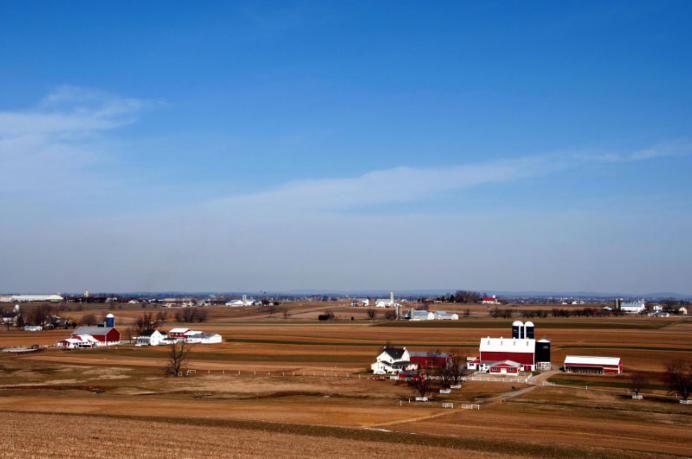
Lancaster County is home to the Amish who began migrating to Pennsylvania early in the 18th century to escape
poverty, religious wars, and persecution in Western Europe.
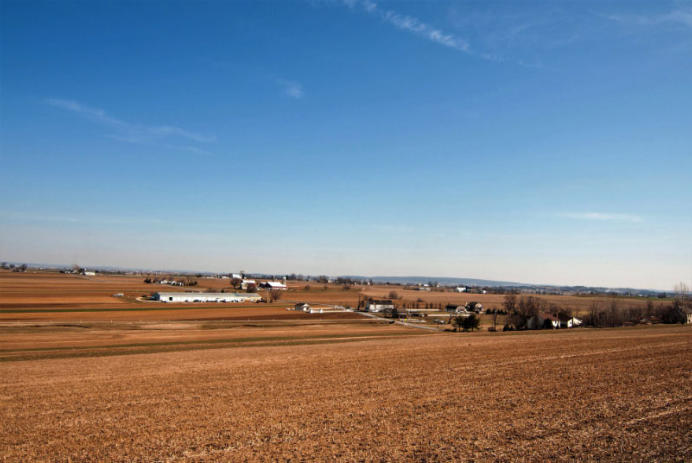
Lancaster County Farmlands. Today nearly 51,000 Amish live in the county’s farmlands alongside other Anabaptist
sects that include the Hutterites, the Mennonites, and the Brethren.
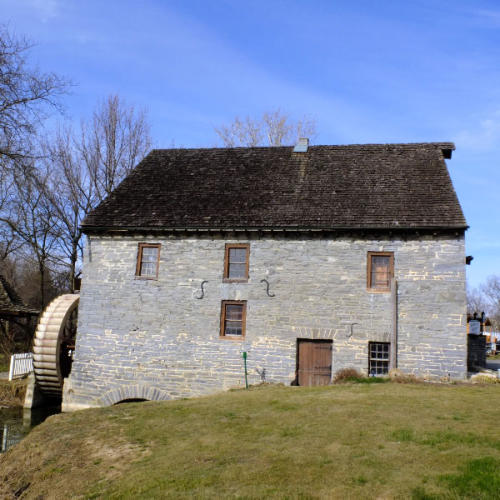
Herr’s Mill. John Herr, grandson of a Mennonite bishop, received a patent to 1100
acres of land in Lancaster County and began construction of a grain and saw mill in
1730. The restored mill is one of several in this area and is now part of a small village
that sprouted up next to it and once supported a general store, a blacksmith shop and
forge, and a winery and distillery.
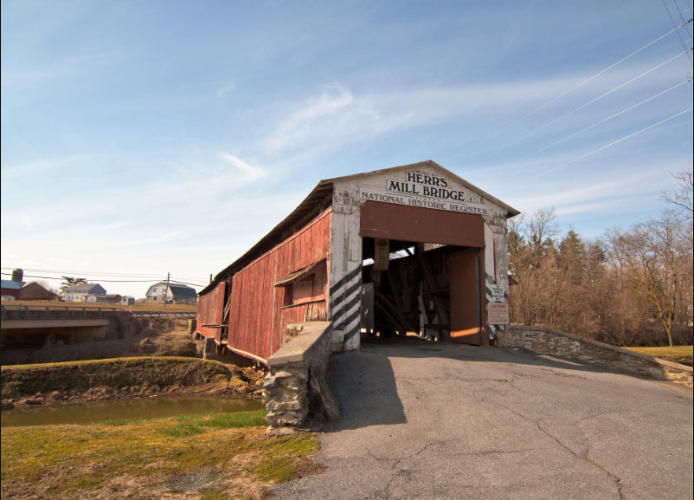
Herr’s Mill Bridge. The Amish countryside is dotted with many covered bridges of various sizes and construction that
see both car and Amish horse and buggy traffic. Herr’s Mill Bridge was built in 1884 to serve the mill and the
surrounding village and is one of the few double arch, double spam covered bridges left in the United States.

Amazing Grace, a Symbol of their Faith. The Amish faith calls for a literal interpretation
of the Bible, adult baptism, hard work, personal humility, and calm submission to the
will of God. They are a people who reject modern life: its temptations, materialism,
violence, and conveniences and seek to live simply and in peace with their faith,
family, and religious community.
Amish teens are allowed time to experiment with life in the outside world. After that
period, they can choose to be baptized or to leave Amish society forever. Over 90
percent make a commitment to their faith and way of life.
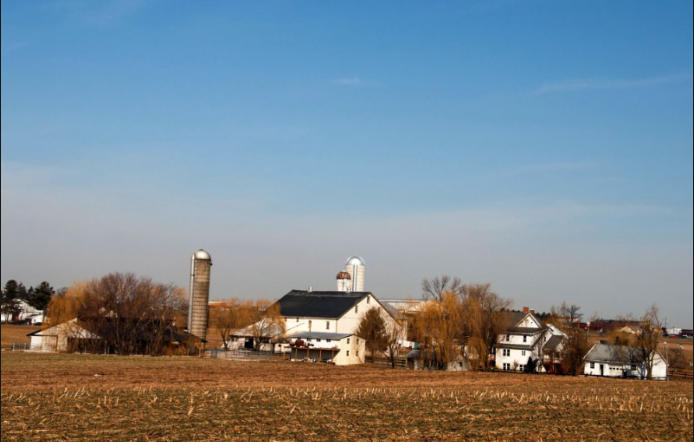
An Amish Farm. Because they want to preserve their singular way of life, the Amish have a ban against any technology
that would weaken the family structure and bring secular influences into their homes. As a result, they live without
electricity and avoid using radios, telephones, and TVs. Their homes are lit by pressurized gas lanterns and have major
appliances powered by bottled gas and hydraulic motors.
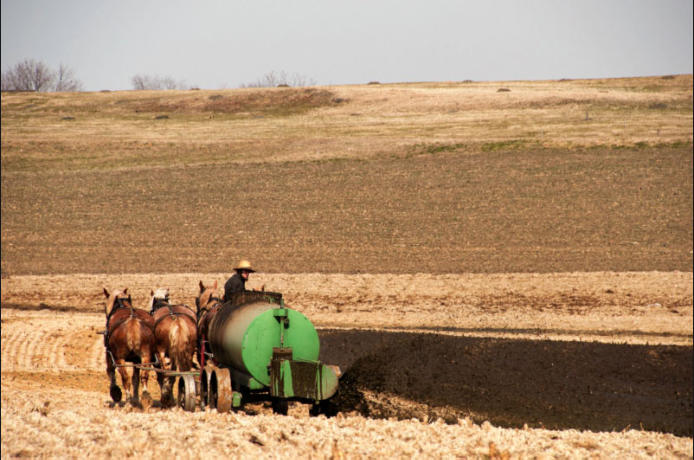
Toiling in the Fields of the Lord. Farming has always been central to the communal and family-oriented Amish. They
have among the most productive agricultural lands in the nation. Amish farmers have raised dairy and beef cattle,
chickens, turkeys, and hogs and have grown tobacco, vegetables, herbs, and flowers in Lancaster County for centuries
and sell their products locally and in farmers’ markets in neighboring cities.
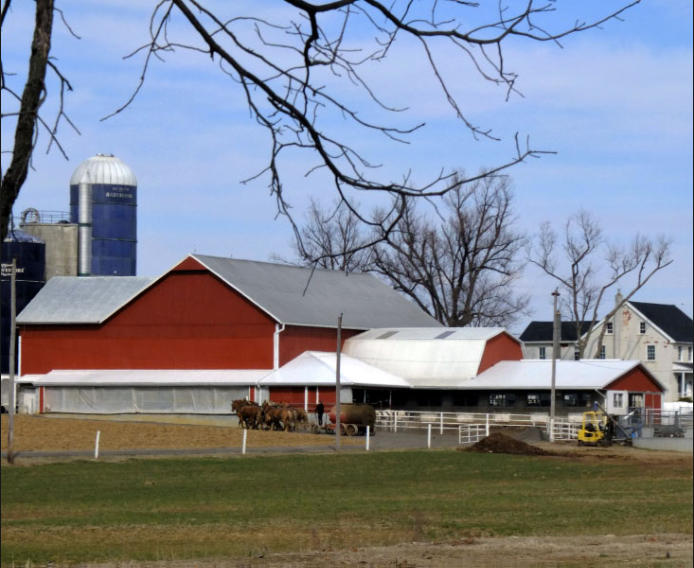
Coming Home at Day’s End. In the 1970s, they established cottage industries (light manufacturing, crafts, and repair
work) and found jobs in construction and retailing when land prices rose and the amount of available farm acreage
decreased with the area’s growing population.
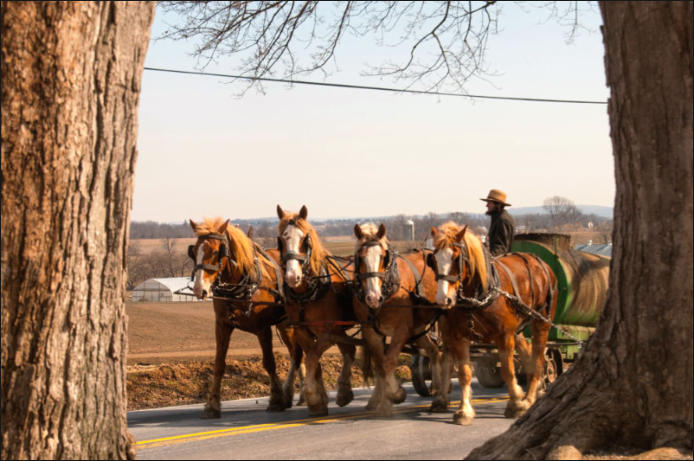
Harnessing Horse Power. Although the Amish avoid using tractors in their fields, they do use modern farm equipment
pulled by horses and sometimes mules. Harnessing horse power for farming allows the Amish to limit the size and costs
of their farms and to maintain the slower pace of life they cherish.
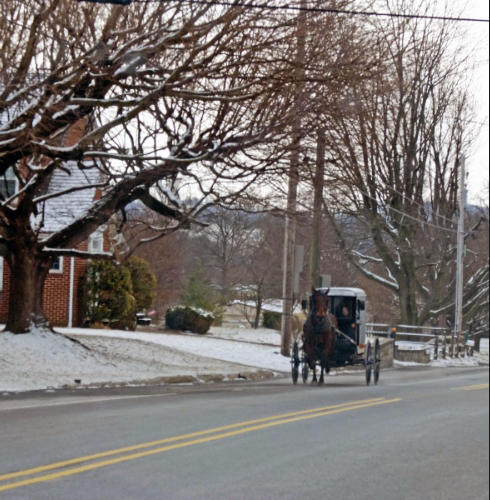
Going to Town in a Horse-drawn Buggy. Riding in a horse and buggy is the principal
method of transportation for the Amish since owning a car is forbidden. However,
they can accept rides from their non-Amish neighbors and can use trains and buses
to travel long distances to shop, work, and visit friends and relatives.
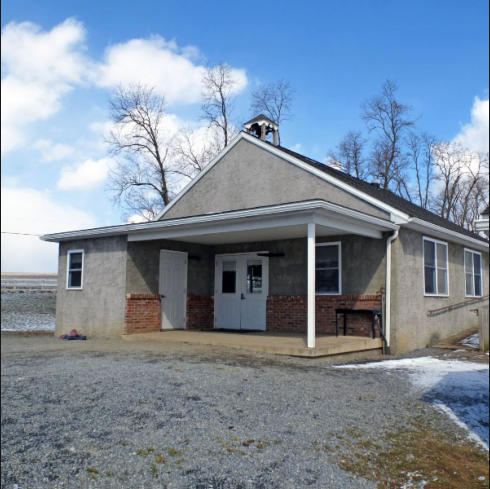
Amish School House. Amish children go to school only through eighth grade in their
own private one-room school houses where they are taught by Amish parents. Here
they learn basic reading, writing, math and geography along with vocational training
and instruction in Amish history and values. Outside of their formal schooling, their
upbringing also includes learning farming and homemaking skills.
On October 2, 2006, the world of the Amish was shattered when a milk delivery man,
seeking revenge against God over the death of his baby daughter many years before,
attacked an Amish school in Bart Township. The attacker took hostages and shot ten
children execution-style with a 9mm hand gun, killing five, before eventually
committing suicide. The Amish responded to this great tragedy in their community by
urging forgiveness and reconciliation with the gun man’s family.
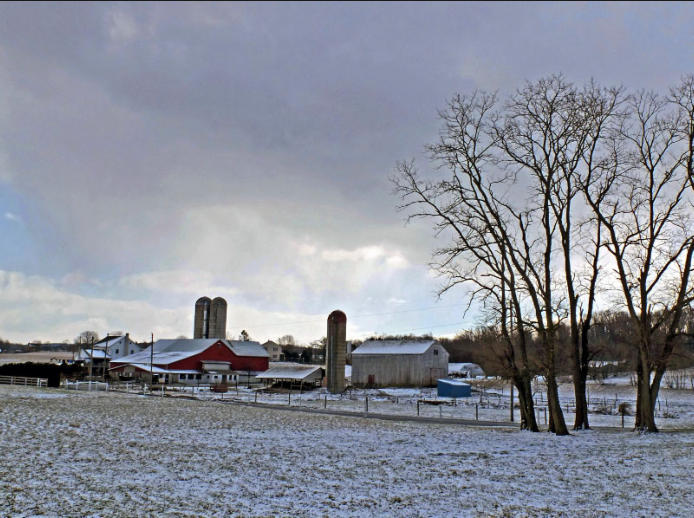
After the Snowfall. Amish country is particularly beautiful in winter after a snow fall covers farms and fields and ushers
in a peaceful silence that reflects the quiet enduring faith of these people.
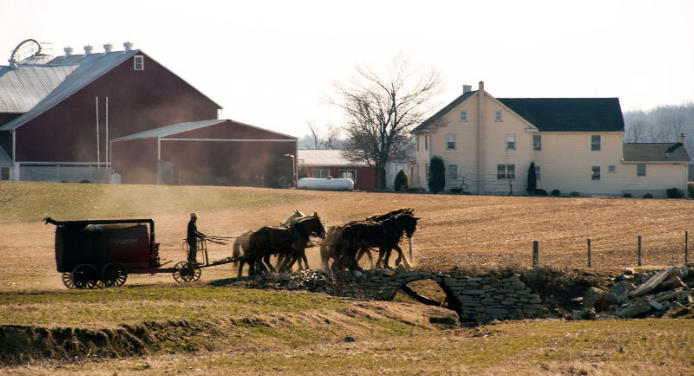
Amish farmer and horse team.







